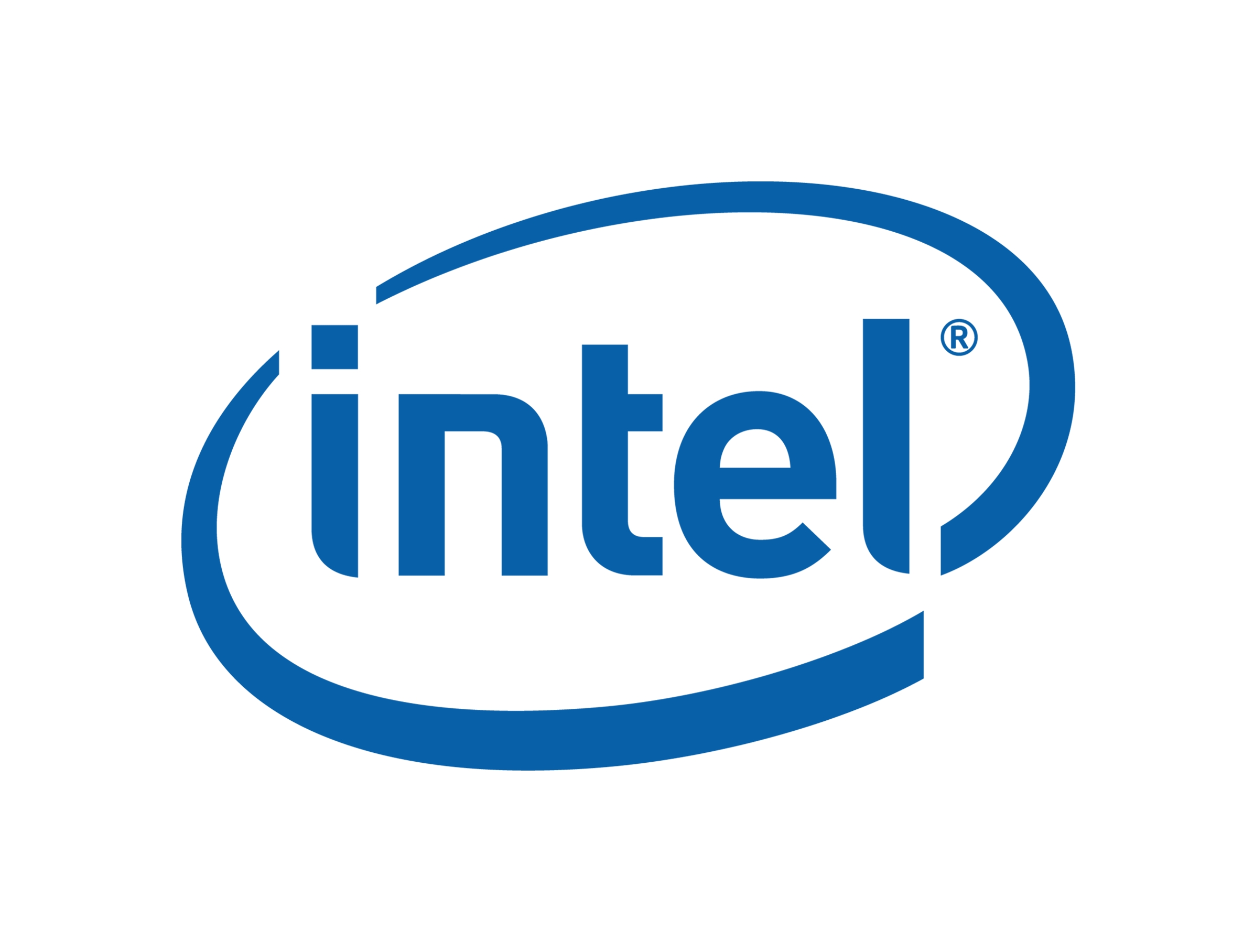 Intel and AMD announced today that they were settling their many antitrust and patent disputes, with Intel to pay $1.25 billion and the two companies to cross-license the affected patents. Intel also agreed to “a set of undisclosed new business practrices,” as The New York Times puts it.
Intel and AMD announced today that they were settling their many antitrust and patent disputes, with Intel to pay $1.25 billion and the two companies to cross-license the affected patents. Intel also agreed to “a set of undisclosed new business practrices,” as The New York Times puts it.
Let’s be clear what this agreement doesn’t do. It doesn’t erase the pending antitrust actions taken by the European Union and elsewhere against Intel, or the recently filed antitrust lawsuit filed in federal court in the U.S. by New York attorney-general Andrew Cuomo. (Recall that in May the EU fined Intel $1.45 billion, a judgment the company is appealing.)
The announced settlement of the private litigation, indeed, will have no effect on the EU case, at least according to EU antitrust commissioner Neelie Kroes.
I will make a bold prediction, however, that over the next twelve months both the EU and New York State antitrust enforcement actions will quietly disappear. Intel will not pay $1.45 billion to the Europeans, or face the wrath of Andrew Cuomo who, after 23 months of investigation, has found evidence that he claims proves Intel has bribed and blackmailed its major customers.
These state-sponsored antitrust actions were undertaken at the urging of AMD, and AMD has agreed to withdraw all of its regulatory complaints as part of the settlement.
That doesn’t mean the various governments suing Intel will have to stop their enforcement actions. Indeed, antitrust at the state level is only supposed to be initiated when it’s clear that consumers, not rival companies, are being harmed by anti-competitive business practices. And the rhetoric of both the European and New York regulators is all about harm to consumers.
What harm is that exactly? Thanks to Moore’s Law, the principle first enunciated by Intel founder Gordon Moore in 1965, semiconductors get faster, cheaper and smaller all the time, a function of miniaturization technologies and scale production.
As I write in The Laws of Disruption, there is more computing power in a Sony Playstation III than in 660 million Univac I’s–the first commercial computer ever sold, back in the stone age of 1955. To buy that many Univacs in 1955 would have taken more money than exists in the world today. In 2009, you can get it for $199.
As the driving commodity of the information revolution, the faster-cheaper-smaller principle is what makes the information revolution a revolution.
Moore’s Law also makes the computing industry a particularly bad fit for Antitrust Law. How can consumers be harmed when prices fall, products get better, and functionality improves by leaps and bounds? Cuomo argues halfheartedly that consumers would have had even lower prices and even better products if Intel hadn’t used its dominance in the PC market to force manufacturers to use its chips instead of those from AMD. The EU likewise claims that consumers have been harmed, but the evidence is, to say the least, extremely thin.
In antitrust law, the rule used to be “no harm no foul.”
But in Europe and Asia, and increasingly in the U.S., signs of a more politicized antitrust, one that protects local industries or pursues national or regional goals rather than correcting serious market failures, have emerged.
Without AMD pushing the regulators on this particular claim, I suspect the rhetoric will dry up and the regulators will move on to greener pastures.
Including, for example, Oracle’s efforts to acquire Sun, about which more later.
This isn’t to say, by the way, that high tech companies aren’t capable of behaving in ways that are dangerously anti-competitive, or that consumers can’t be harmed by the computer industry’s practices. It’s just to say that given the remarkable ways in which information technology advances, it’s highly unlikely that even market dominators such as Intel or Microsoft could get away with practices that are genuinely harmful.
At least not for very long.
